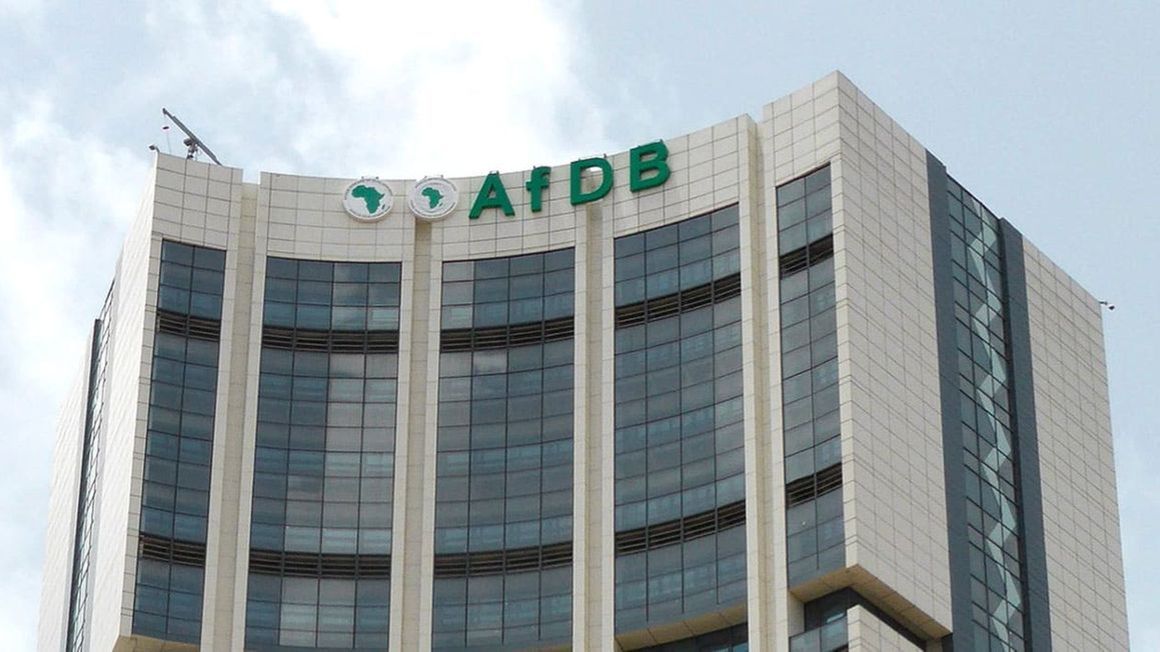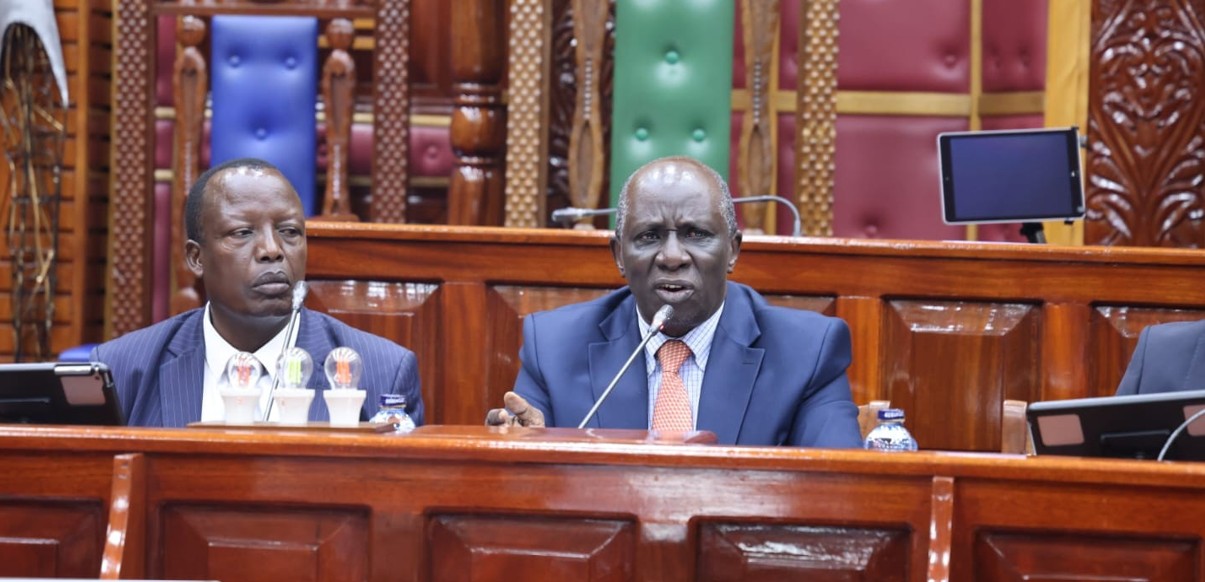Swimming in loans: Kenya’s foreign borrowing hits Sh898 billion in 2023-2024 fiscal year

Principal repayments exceeded Sh500 billion in the past year alone, highlighting Kenya's growing debt burden.
A new report has revealed that Kenya acquired 36 new foreign loans totalling Sh898 billion in the 2023-2024 fiscal year, raising concerns about the country’s debt sustainability.
According to the Africa Centre for Open Governance (AfriCOG), these loans were sourced from multilateral lenders (27), commercial banks (six), and bilateral lenders (three).
More To Read
- Developing countries’ debt servicing cost hit 50 year high on high interest
- African land policy reforms benefit women and communities, but 18-country review reveals key gaps
- Why mastering Generative AI is the fastest way to boost your career and salary
- Ruto says NSSF contributions double in two years, could hit Sh1 trillion by 2027
- Africa’s agricultural exports are losing ground: Four key interventions that could lift sector again
- World Bank sounds alarm as Kenya’s labour market weakens, wages fall and informal jobs surge
The report says debt repayment remains a significant challenge, with Sh330 billion due in 2024 and over Sh1.5 trillion scheduled to be repaid between 2025 and 2027.
Principal repayments exceeded Sh500 billion in the past year alone, highlighting Kenya's growing debt burden.
"In the financial year 2023-2024, the government took out 36 new foreign loans amounting to Sh898 billion. 27 were from multilateral lenders, six from commercial banks and three from bilateral lenders. Last year Kenya paid over half a trillion shillings in external principal repayments, in 2024 over Sh3.30 billion falls due. Between 2025 and 2027, the National Treasury must repay over Sh1.5 trillion to foreign creditors," reads the report.
The report also criticises the government for a lack of transparency in debt management, noting that both the public and Parliament are excluded from critical consultations on debt contracts.
Kept out of the loop
"The general public is neither consulted nor is there any concerted effort to inform them on the logic and details of the debt being incurred. It is bad enough that the public isn't told about Executive borrowing, but even their representatives in the Kenyan Parliament are kept out of the loop," reads the report.
As of September 2024, the Central Bank of Kenya reported that the public debt had surged to Sh10.8 trillion.
AfriCOG echoed calls by the World Bank for increased debt transparency, recommending annual public disclosure of all external debt balances and transactions.
Data from the International Debt Report revealed that Kenya's external debt stood at Sh5.55 trillion in December 2023, equivalent to 35 per cent of the national GDP of Sh14.6 trillion.
Multilateral creditors held the largest share (55 per cent) of this debt, with the World Bank accounting for 30 per cent and the African Development Bank 10 per cent.
Bilateral creditors followed at 23 per cent, led by China at 16 per cent, Japan at three per cent, and France at 2 per cent. Private creditors held 22 per cent, primarily bondholders (18 per cent) and commercial entities (3 per cent).
Kenya borrowed the least from private creditors in 2023 compared to the preceding five years, but interest rates rose sharply from six per cent in 2022 to 10 per cent in 2023, while loan maturity periods fell from 11 years to five years. Conversely, loans from official creditors offered more favourable terms, with an average maturity of 18 years and a four per cent interest rate.
Taxes for debt servicing
The country’s fiscal struggles were further aggravated by the rejection of the Finance Bill, 2024, which proposed new taxes to boost revenue for debt servicing. Despite implementing austerity measures, Kenya remains in fiscal distress.
The World Bank highlighted a global debt crisis in its report, noting that developing nations spent a record $1.4 trillion servicing debt in 2023. Of this, $951 billion covered principal repayments, while interest payments surged to $406 billion, a third higher than the previous year.
The debt burden has forced many nations to redirect resources away from critical sectors like health and education.
"The poorest and most vulnerable countries eligible for International Development Association loans have seen their interest payments quadruple since 2013, reaching an all-time high of $34.6 billion in 2023," reads the report.
The global lender urged developing nations to favour official creditors, which typically offer more favourable terms, over private creditors.
Top Stories Today












































